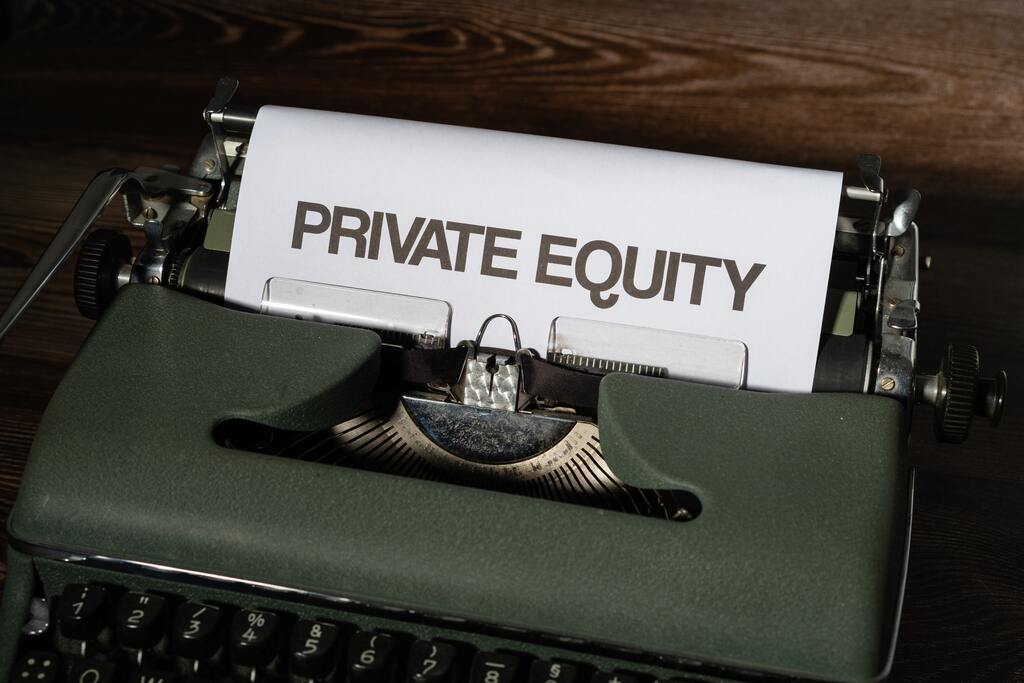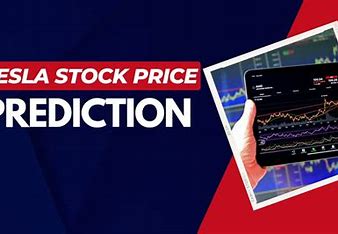The financial storm hit with such suddenness that the once-glorious private equity market has swiftly turned into a scene of capital flight. Global pension funds and endowments, the "capital whales”, are frantically offloading their private equity assets, like passengers scrambling for lifeboats on a sinking luxury cruise ship. Private equity giants like Blackstone and KKR watched helplessly as their stock prices plunged by 15-20% in just two days, like watching a meticulously built sandcastle. Swallowed by the tide. The immediate trigger of this crisis was the market upheaval caused by Trump's policies, but the deeper reason lies in the fact that private equity, a colossus built on leverage and the illusion of liquidity, has finally arrived at its hangover moment. According to the latest data from Pregin, global unexited private equity investments have exceeded $3.5 trillion, while IPO and M&.A exits in the first three quarters of this year plummeted 58% year-over-year. This supply-demand imbalance is pushing the entire industry to the edge of a cliff.

The script of this liquidity crisis is full of dramatic twists. Just six months ago, institutional investors were still basking in the revelry of private equity, pushing their allocation ratios to a record-high 28%, like gamblers doubling down at the casino, completely ignoring the risk warnings. They firmly believed that Trump's election would bring a springtime for capital markets, allowing these illiquid assets to be smoothly cashed out. However, reality delivered a harsh combo punch public market crashes triggered the "denominator effect," passively pushing private equity allocations to a dangerous level of 35%; exit channels froze entirely, and cash return rates dropped to historic lows, more fatally, in the chase for high returns, 42% of institutions used leverage to amplify their risk exposure by 1.5 to 2 times. Now these
“Capital whales" are like behemoths stranded on the beach after the tide has gone out-unable to swim back to the deep sea and equally incapable of surviving on land.

In this smokeless capital war, secondary market funds have emerged as the biggest winners. They are like vultures circling above the battlefield, waiting to snap up quality assets at fire-sale prices. Industry data shows that the average discount rate in the private equity secondary market has surged from 18% last year to 32%, with some funds heavily invested in China seeing staggering discounts of up to 45%. This extreme market environment has created a once-in-a-decade investment opportunity- savvy buyers can now acquire high-quality asset portfolios from top managers like Blackstone and KKR at just 30 cents on the dollar. Private equity managers’ fundraising capabilities are expected to suffer long-term damage, with global private equity fundraising down 43% year-over-year in the third quarter, the industry's ecosystem may be permanently altered, as approximately 27% of limited partners are reassessing their private equity allocation strategies.

This crisis has exposed long-standing structural flaws in the private equity industry. Overreliance on leverage, a single exit pathway, and an opaque valuation system. Just as the 2008 subprime crisis changed the DNA of Wall Street, the current liquidity crisis is poised to reshape the genetic makeup of private equity. Some forward-looking changes are already taking place: Blackstone has established a dedicated liquidity solutions unit, Carlyle has launched an innovative "staggered exit" mechanism, and more funds are shifting from annual to quarterly valuations. Like steel tempered through the forge, the process is painful, but the result could make the entire industry stronger. For investors, this crisis offers valuable lessons: liquidity management is more important than yield chasing, asset allocation is more critical than product selection, and risk control is more fundamental than scale expansion.



